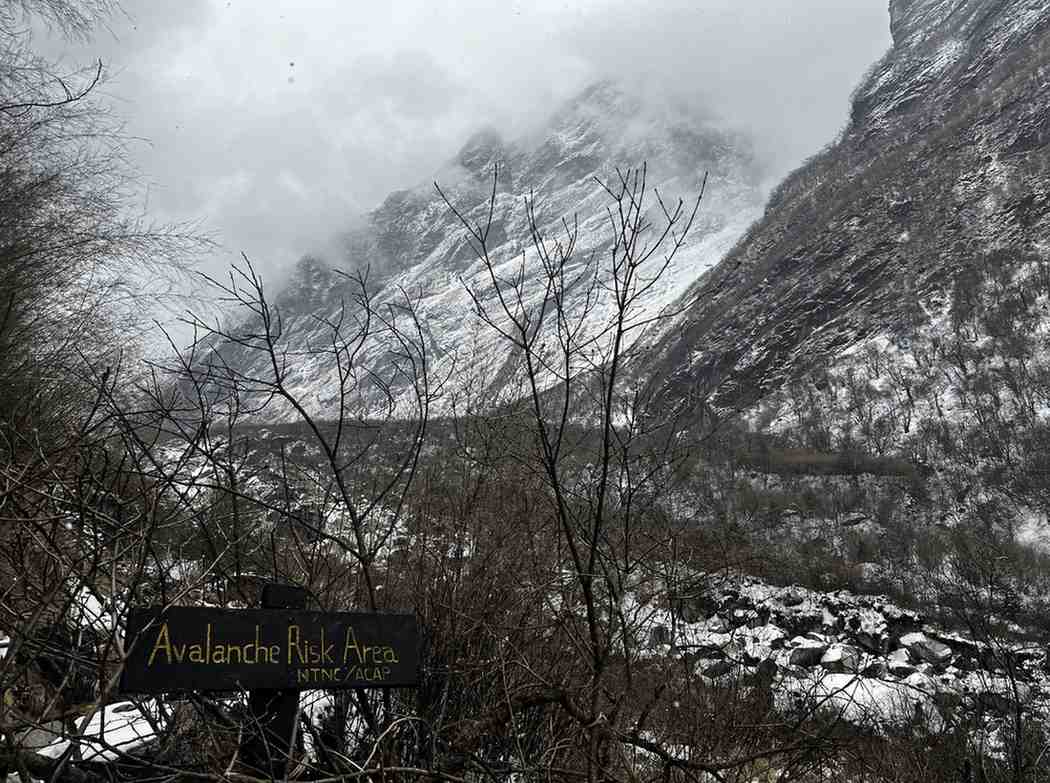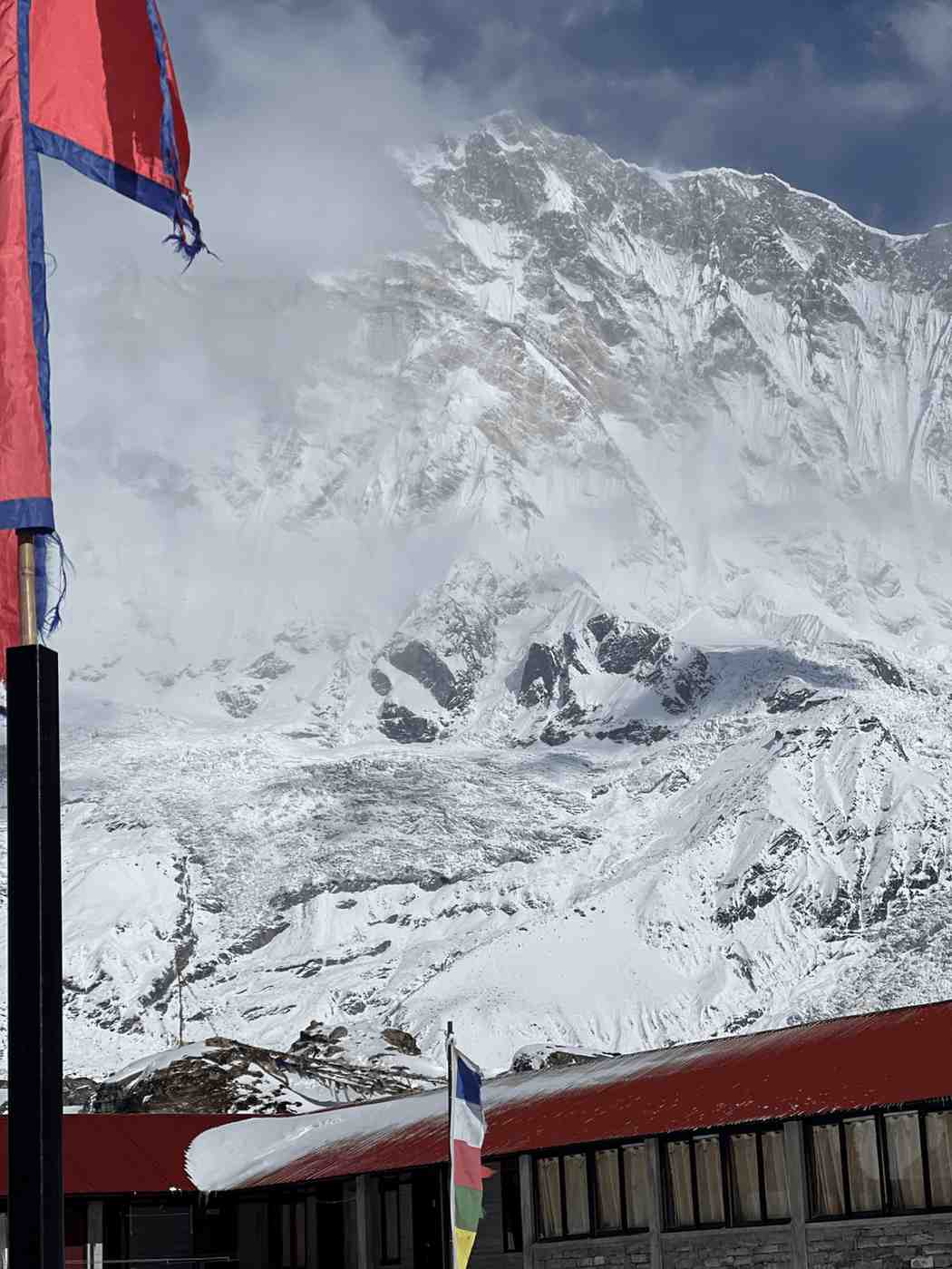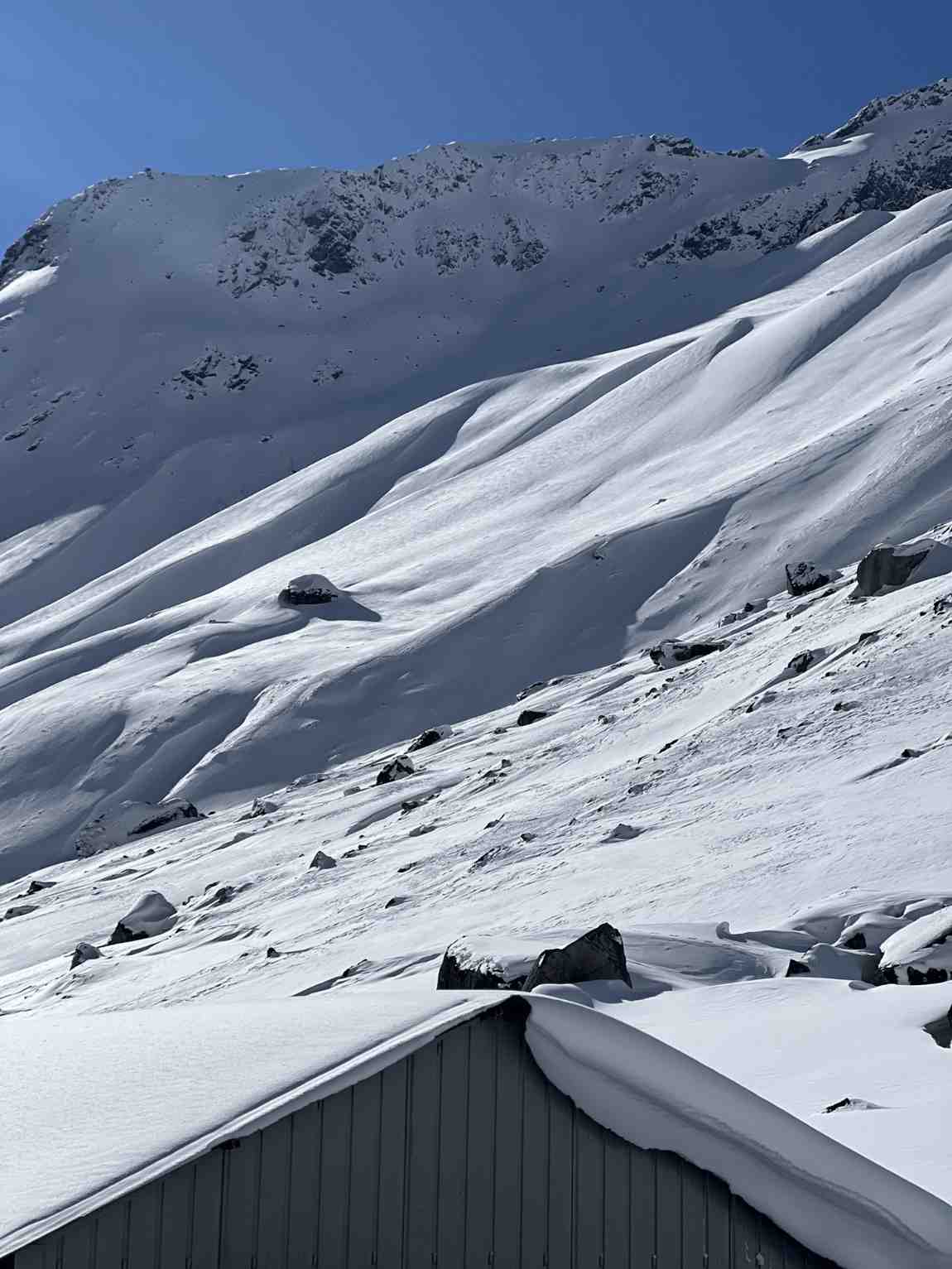Two sherpas lost in Avalanche at Annapurna

Sponsored content
On the 7th of April 2025 Morning, two Sherpa Rima Sherpa and Nima Tashi Sherpa from Solukhumbu were buried in Avalanche between Camp 2 and Camp 3 of Annapurna.
Ningma Sherpa, the operator of Seven Summits, reported. The rescue team has already started searching for those two climbers.
But why do a few numbers of people get buried in the Avalance in Mount Annapurna? In this article, we will investigate the reasons in depth.
Mount Annapurna is known as one of the scariest mountains in the world. Annapurna is the 10th highest mountain in the world, with a height of 8,091 meters (26,545 ft).
Being the highest and one of the toughest mountains, it has some challenges, too. One of the major challenges is avalanches in the Annapurna Region.

Below are some of the major reasons why there are so many frequent Avalanche in Mount Annapurna:
1. Unstable Snow Layers
As the mountain is situated at a height above 8000 meters, it really gets lots of snow. There is frequent snowfall in the mountains all over the year. So, due to the huge accumulation of snow, the layers get bigger and bigger, which causes it to move and create an avalanche.
2. Steep Slopes
Mount Annapurna has so steep slopes that gravity poses a high risk of avalanche occurrences. The snowpack on steep slopes has a high risk of avalanche occurrence because gravity efficiently carries it toward the ground. A minor action of a climber or fresh snowfall anywhere on the slope can lead to the activation of catastrophic avalanches.
3. Sudden Weather Changes
Annapurna, being located at a high altitude, gets a lot of sudden weather and climatic changes. This can lead to sudden snowfall at higher altitudes and snowy rain at lower altitudes like Annapurna Base Camp. These kinds of changes in altitude can also affect the avalanche.
4. Movements of Glacier
The glacier movement is also another reason for frequent avalanches in Annapurna Mountain. Sometimes, due to the high melting of the snow and the glaciers, it outbursts and causes avalanches.
5. Daytime Warm Temperatures
Due to the high location and nearness to the ozone layer, the mountain area gets warmer temperatures in the daytime. When the temperature rises, the snow gathered at the mountain starts melting, which causes avalanches in the region.
6. Difficult Terrain
The terrain of the Mount Annapurna is complex. It has difficult routes to reach the Summit of the mountain. The high camps located en route to the climb are really challenging. If the trekkers move a bit, it can sometimes cause some avalanche.
So, one must be careful while climbing the summit of Annapurna to avoid avalanches.

How to not trigger Avalanche
An avalanche is a natural disaster that doesn’t knock on the door before coming. As per CEO of Himalayan Masters, Sandip Dhungana “Loud noises and music can even affect the surrounding frequency and trigger an avalanche”.
While walking on such difficult terrains, if possible, take one step at a time so that the force doesn’t create on the slope.
Always carry essential things required to get yourself out of the small kinds of avalanches.
So, keep in mind these things and prepare mentally to overcome such a disaster. Have a safe climbing.
Disclaimer: the author(s) of the sponsored article(s) are solely responsible for any opinions expressed or offers made. These opinions do not necessarily reflect the official position of Daily News Hungary, and the editorial staff cannot be held responsible for their veracity.





